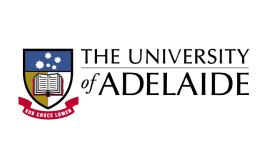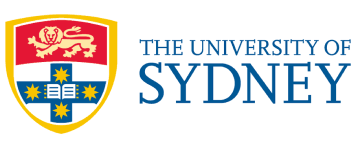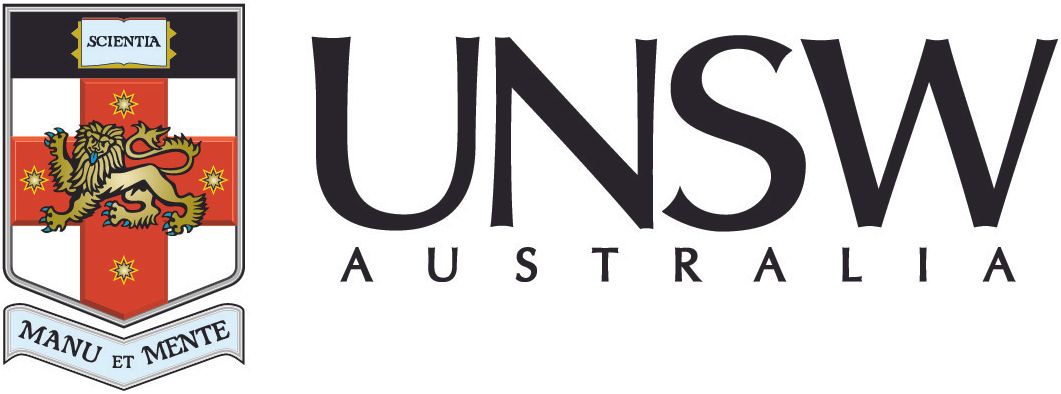Underfunding the protection of nature is an existential threat far greater than inflation
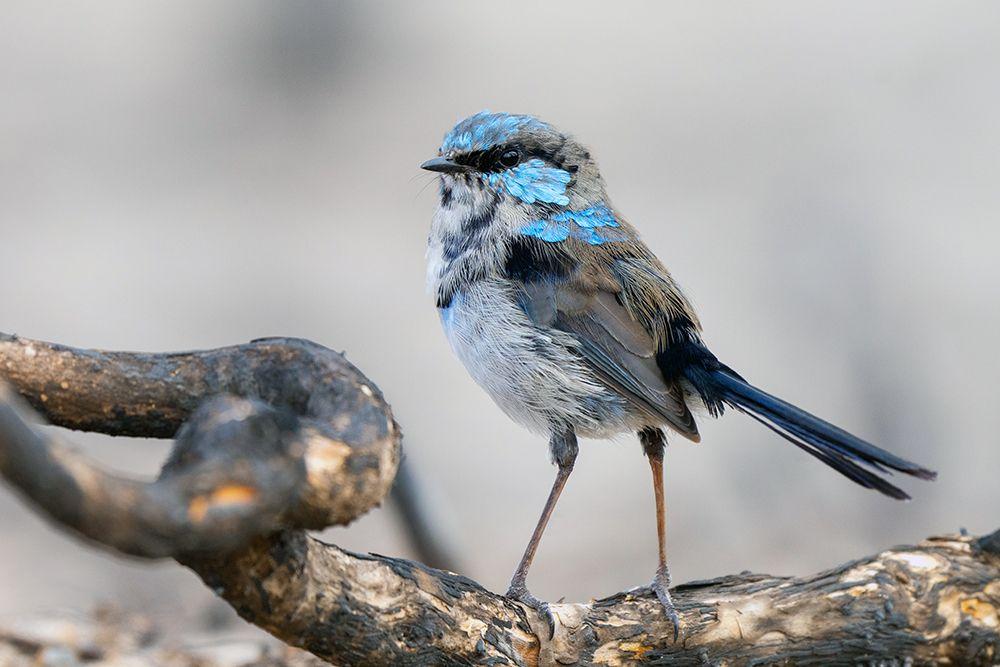
Image: Nicolas Rakotopare
Media Release
11 May 2023
The Biodiversity Council has assessed the federal budget as making some small and important steps towards better protecting nature, but overall is grossly inadequate to halt biodiversity declines and recover nature.
The Biodiversity Council brings together leading experts, including Indigenous knowledge holders, to raise awareness of Australia’s biodiversity crisis and to promote evidence-based solutions.
The budget demonstrates that Minister Plibersek’s commitment to end species extinctions, although much needed, is still hollow according to Biodiversity Council Co-Chief Councillor Professor Hugh Possingham from The University of Queensland.
“The budget contains some welcome new investments aimed at reducing harm to nature, such as the establishment of a new federal Environmental Protection Agency or EPA,” Professor Possingham said.
“These are important measures to reduce Australia’s devastating rate of habitat loss. In July 2022 even Environment Minister Tanya Plibersek acknowledged that Australia is one of the world’s deforestation hotspots.
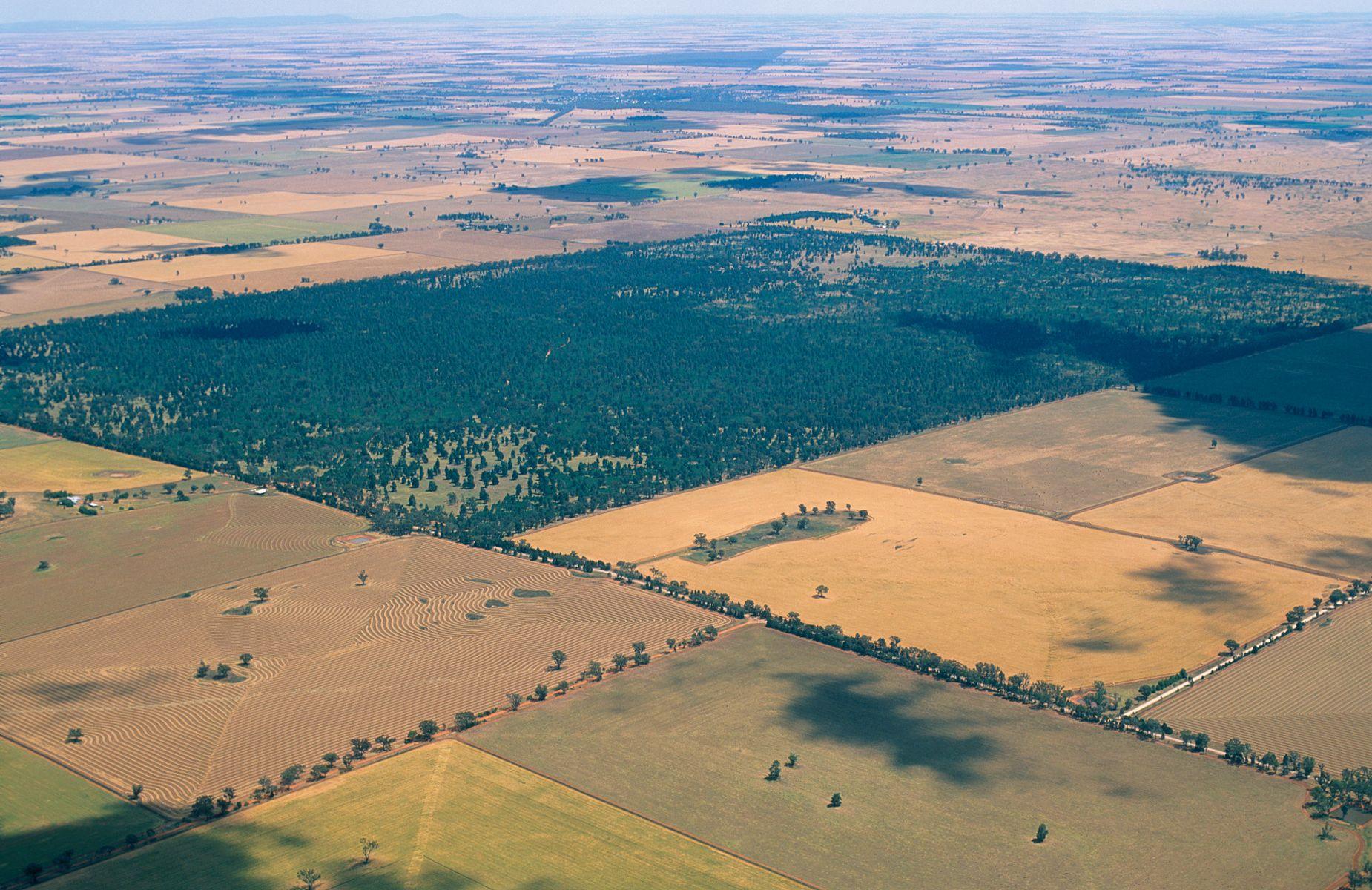
Greater budget investment is needed to address the impacts that historical, and current, land clearing practices have in Australia. Image: CSIRO, CC BY 3.0 DEED via Wikimedia Commons
“But this federal budget fails to deliver any substantial increase in funding for the on-ground protection and recovery of Australia’s threatened species and ecosystems, despite their huge losses.
“We are running down Australia’s natural capital, and this will have major consequences for the economy, human health, agriculture, clean water and air, and climate change impacts.
“Roughly half our GDP relies on natural systems and healthy nature is important for the health and wellbeing of people.
“Underfunding the care of the environment is an existential threat far greater than inflation,” Professor Possingham said.
Biodiversity Council member Professor Brendan Wintle from The University of Melbourne led research to identify the shortfall in Australia’s threatened species investment.
“To halt declines and prevent extinctions Australia needs to increase spending by around 6 times. That sounds like a big increase, but we currently spend a tiny amount on the environment compared to other areas of the budget.
“For just 10% of the Stage 3 tax cuts, we could recover every one of Australia’s almost 2000 threatened species, and for another 10% we could restore 13 million hectares of Australia’s degraded land,” Professor Wintle said.
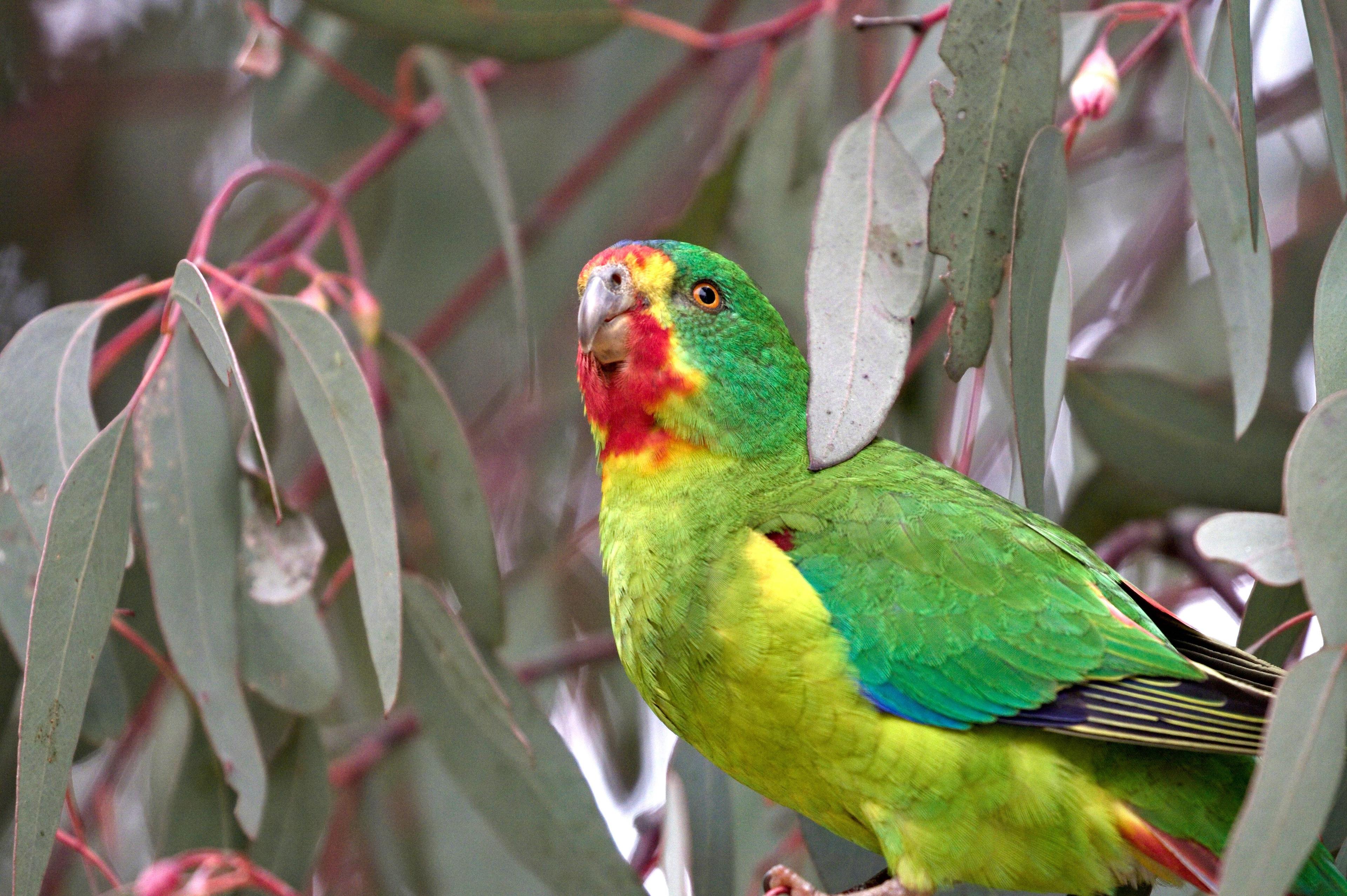
Just 10% of the Stage 3 tax cuts would be needed to recover every one of Australia's near 2000 threatened species, like the critically endangered swift parrot. Image: Kevin Murray, CC0 1.0 DEED
The biggest wins for biodiversity in the budget are new initiatives which will reduce human caused environmental harm, like land clearing and inappropriate developments, according to Biodiversity Council Policy and Innovation Lead Dr Rachel Morgain.
“A key cause of biodiversity declines is the on-going loss and degradation of habitats, and the budget contained three items to make progress in this area.
“$34 million to implement national environmental law reform; the new EPA ($121 million over 4 years); and the new Environment Information Australia ($51.5 million over 4 years).
“These measures will require ongoing scrutiny and funding to ensure they live up to their goals,” Dr Morgain said.
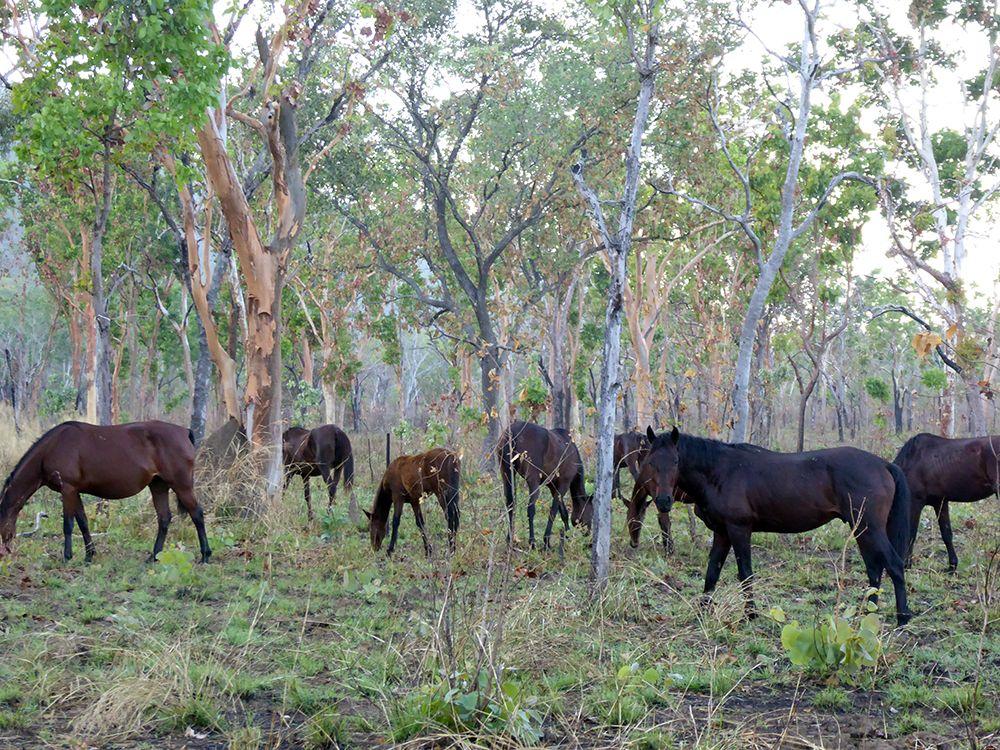
Increased and ongoing funding is needed to prevent the on-going loss and degradation of habitats as well as supporting on-ground restoration and protection efforts. For example, feral animals remain a threat in World Heritage-listed areas like Kakadu National Park (pictured above) and Barrington Tops. Image: Jaana Dielenberg.
Biodiversity Council member Rachel Lowry from WWF Australia said that there appears to be little additional money in this budget for on-ground conservation action despite large, rapid and well documented declines in Australia’s threatened species.
“The government has made a commitment to the UN to protect 30% of Australia’s land mass by 2030. This requires almost 50% more land, or 107 million hectares to be added to the protected area network.
“That is a huge job. To meet that target and to really halt biodiversity decline and recover species and ecosystems we are still going to need a major increase in investment.
“The renewal of the existing Natural Heritage Trust program is welcome but there has not been a significant increase in the pool of funding,” Ms Lowry said.
Biodiversity Council Co-Chief Councillor Dr Jack Pascoe from The University of Melbourne said the Biodiversity Council wanted to see more investment in Indigenous led biodiversity management and the incorporation of Indigenous Knowledges and priorities.
“Indigenous groups manage around half of Australia’s national reserve system, with some groups managing areas the size of Tasmania with only 15 rangers.
“We acknowledge the substantial increase to Indigenous Ranger program funding in the last budget but there were no further announcements in this budget, and the previous increase will still not bring Indigenous Protected Areas spending per hectare inline with the rest of the National Reserve System.
“Future increases will be needed to employ more rangers and to provide the infrastructure they need to effectively manage Country in order for Australia to meet the 30 by 2030 commitment.
“Investing in Indigenous biodiversity management will also deliver against many other economic, social, cultural and environmental priorities.
“The $3.5 million committed to help First Nations People participate in water planning and decision-making in the Murray Darling Basin is small but very important,” Dr Pascoe said.
Since Europeans arrived in Australia a species has become extinct almost every second year on average, many once widespread and abundant species and ecosystems have dwindled to rarity, and 19 ecosystems are showing signs of collapse.
Biodiversity loss was ranked as the third most severe threat humanity will face in the next 10 years in the World Economic Forum's Global Risks Report 2022.
The Biodiversity Council believes this budget does not do enough to halt biodiversity loss and Australians should be worried. Funding environmental protection, care, and recovery is not a cost, it’s a shrewd and essential investment, and tremendous opportunity, one we simply cannot afford to continue to ignore.








